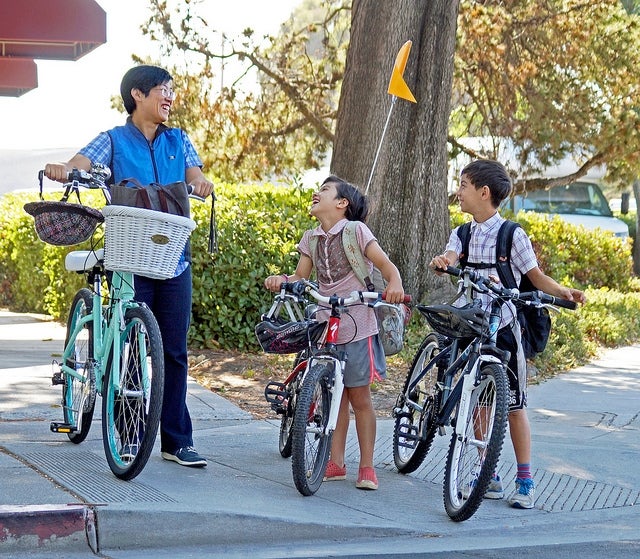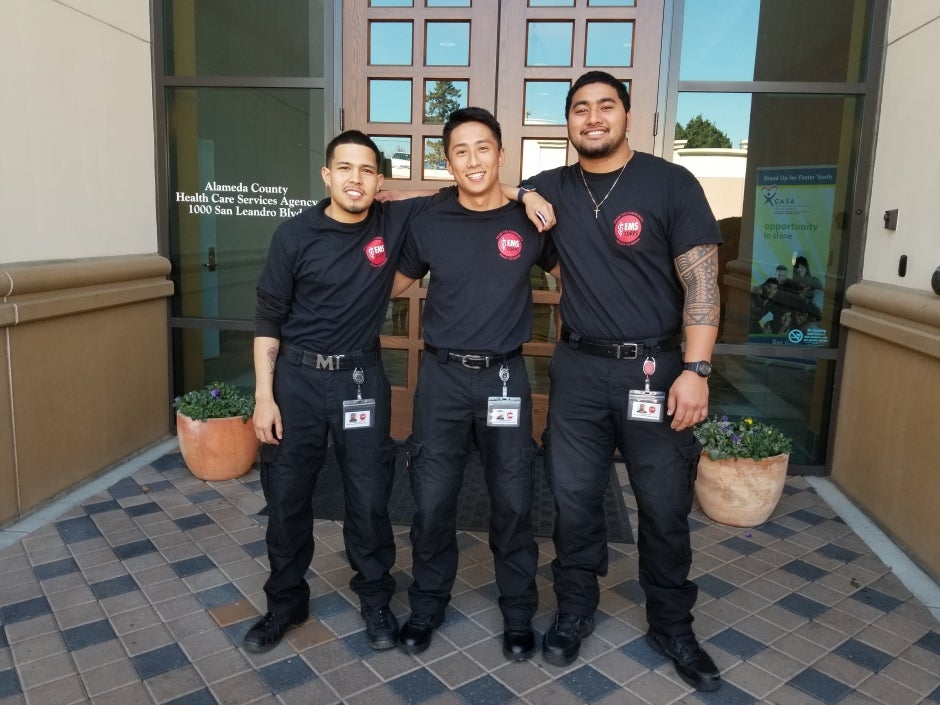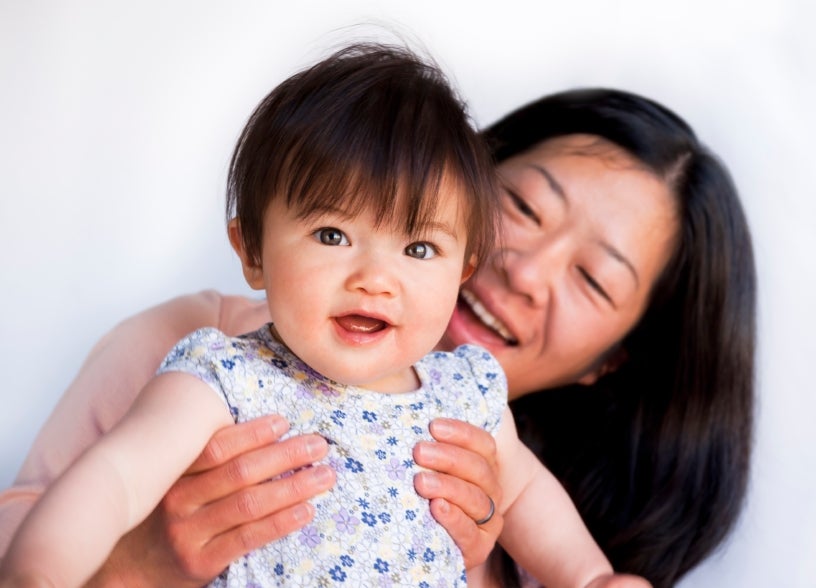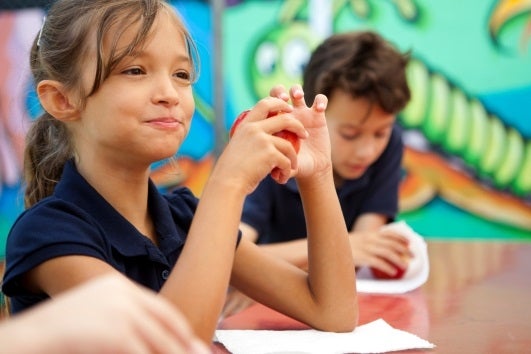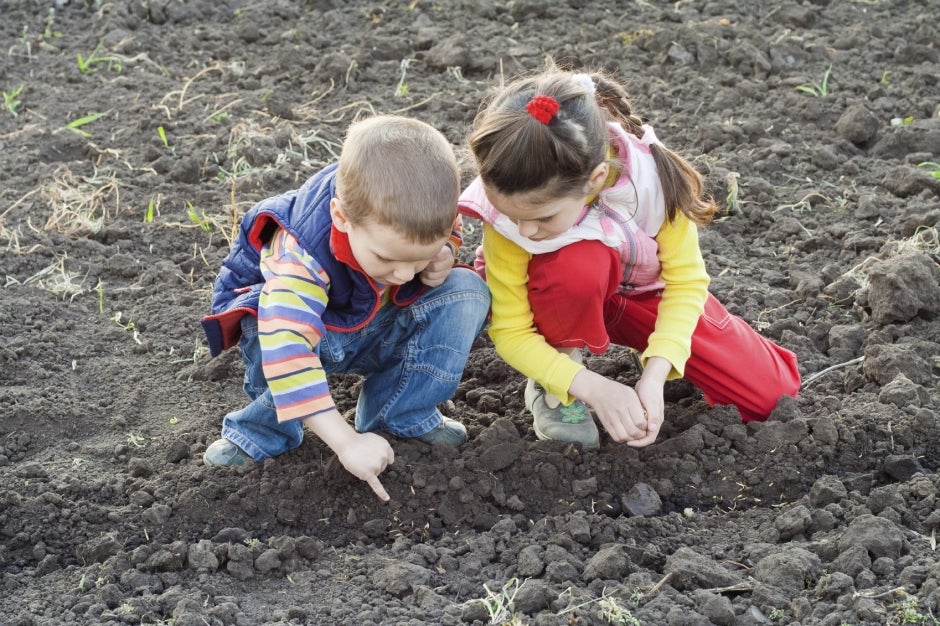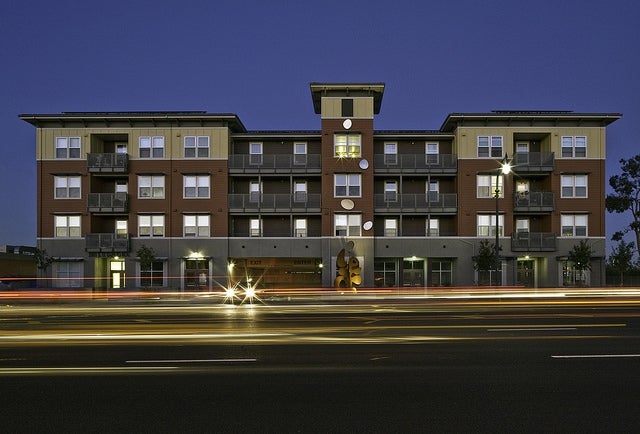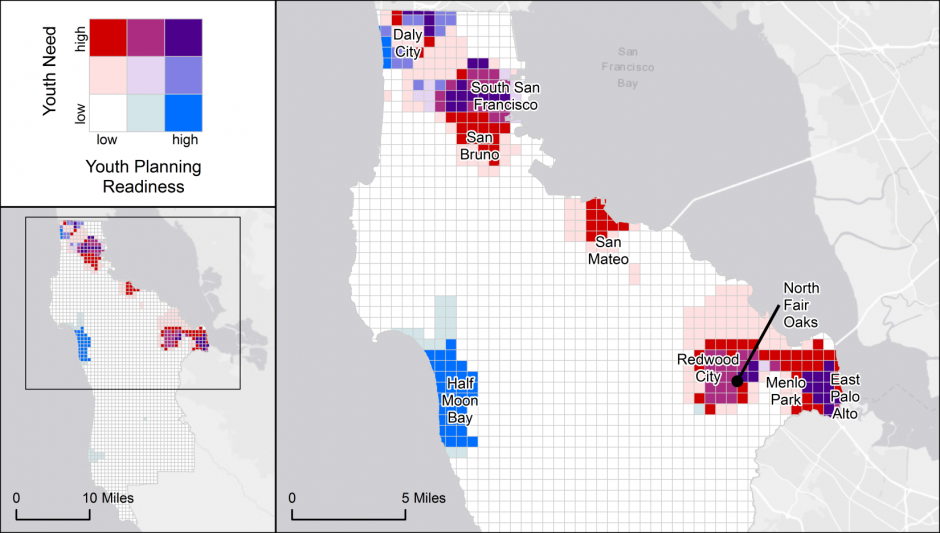March 2018 Newsletter
Supportive Environments for Good Health
New! 15 Priority Schools Identified in New Safe Routes
Equity Analysis
Traffic collisions are a public health priority given the related
injuries and fatalities that follow, particularly impacting the
most vulnerable road users: people walking and biking. Nearly 50%
of students who live within a quarter-mile of their schools walk
and bike to campus. One in four people walking or biking involved
in a collision was under the age of 18. Get Healthy SMC
analyzed collisions within a quarter mile of public elementary
schools, taking a particular look at high poverty areas which
experience elevated health inequities. We prioritized 15 priority
schools for improved safety. These schools accounted for nearly
30% of all collisions involving someone walking or biking, even
though they account for less than 10% of all public elementary
schools in the county. If we can support our most vulnerable kids
to walk or bike to school safely, we can prevent disease and
build a culture of health for everyone in our county.
Click here to
read the full report. Please share the report with interested
partners and parents!
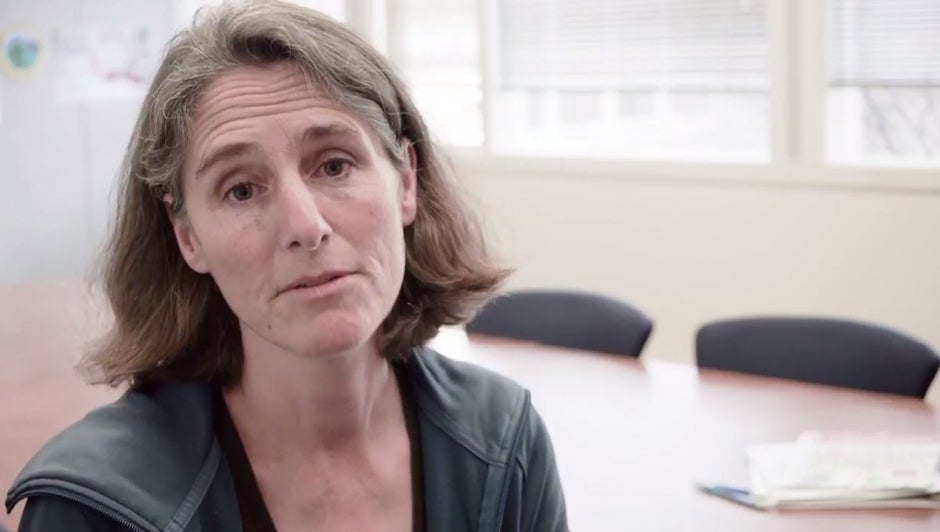 Did You Check Out Our Get
Healthy SMC Video Series: Health and
Place?
Did You Check Out Our Get
Healthy SMC Video Series: Health and
Place?
“One out of four residents struggles with chronic heart disease.
What are the earliest strategies we can adopt that actually
prevent the root cause of problems from developing?” says Louise
Rogers, Chief of the San Mateo County Health System,
in one of
the five short videos Get Healthy SMC recently launched. In case
you missed the announcement of our Get Healthy SMC video series
earlier this month, you can find them here.
We developed this video series to share the community-identified
priorities of Get Healthy SMC and expand awareness of what it
takes to build healthy, equitable communities. Please help us get
the word out by sharing these videos with your networks!


